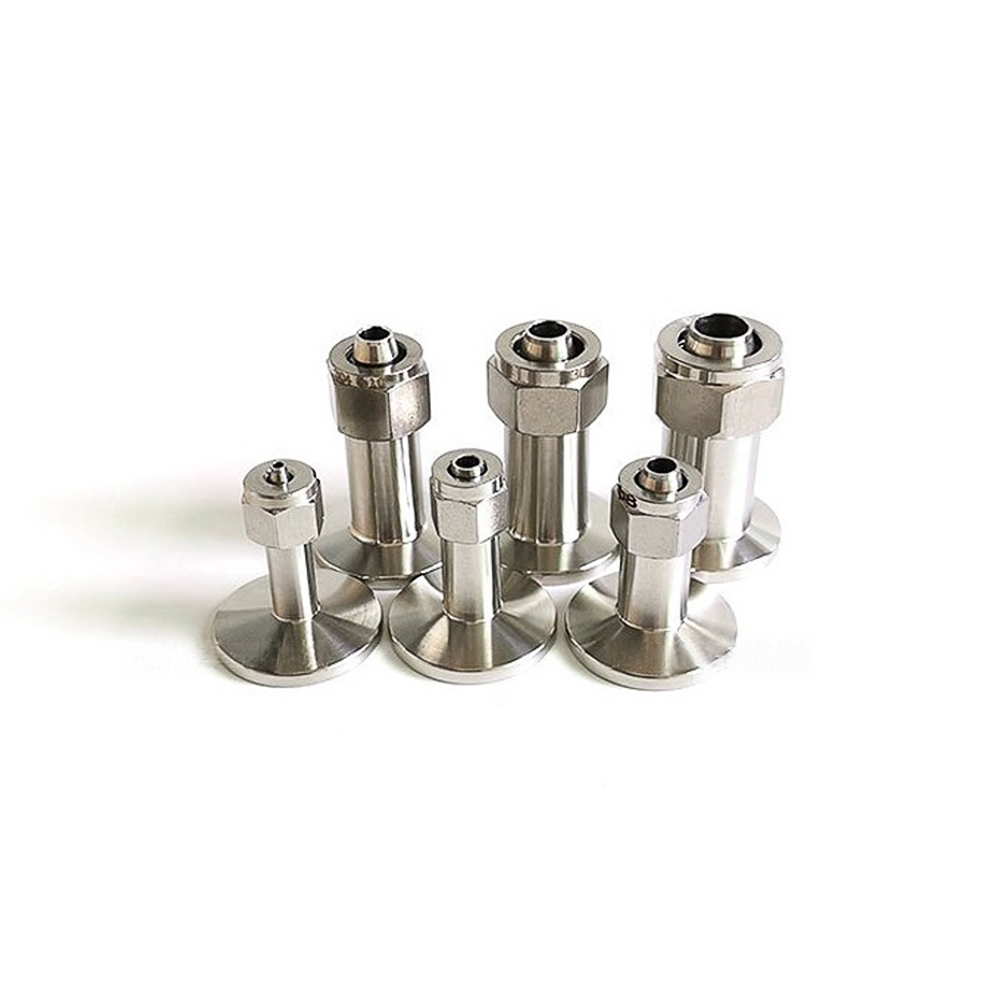
Five Functions of Electric Control Valve
SaveSavedRemoved 0
Deal Score0
The primary function of an electric control valve is adjustment, which is mainly manifested in five aspects:
- The flow characteristics reflect the relationship between the opening of the electric control valve and the flow rate, so as to adapt to different system characteristics, such as logarithmic characteristics for fast response to the flow control system; slow response to the temperature control system and straight line Flow characteristics. The flow characteristics reflect the adjustment quality of the electric control valve.
- The adjustable range R reflects the controllable flow range of the electric control valve, expressed by the ratio of R=Qmax:Qmin. The larger the R, the wider the range of regulating flow, the better the performance index. Usually the valve R=30, good valves, such as V-shaped ball valve, full-function ultra-light electric control valve, R can reach 100-200. 3. The working performance of small opening degree. Some valves are restricted by the structure. Small opening degree has poor working performance, causing start-up and oscillation, and R becomes very small (that is, Qmin is very large), such as double-seat valves and rubber-lined butterfly valves. A good valve should have a fine adjustment function for small openings, which can meet the adjustment of a small flow rate and require a very balanced work. Such valves include V-shaped ball valves, eccentric rotary valves, and full-function ultra-light electric control valves.
- Flow coefficient Kv The flow coefficient represents the ability to pass flow. The larger the Kv value of the same diameter, the better, especially for ball valves, butterfly valves, and full-function ultra-light valves. Their Kv values are those of single-seat valves, double-seat valves, and sleeve valves. 2 to 3 times.
- Adjust the speed to meet the system’s speed requirements for valve action.







